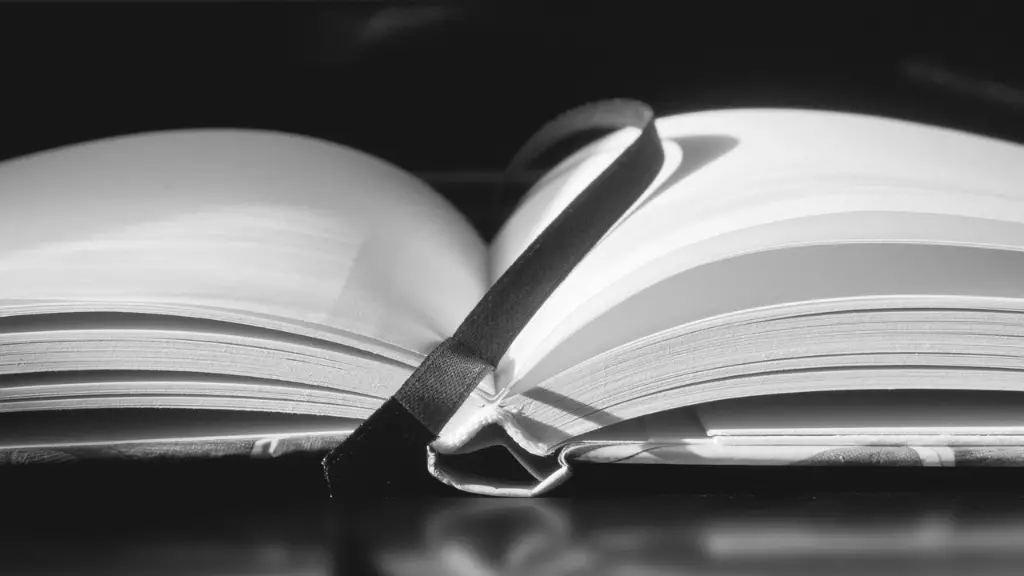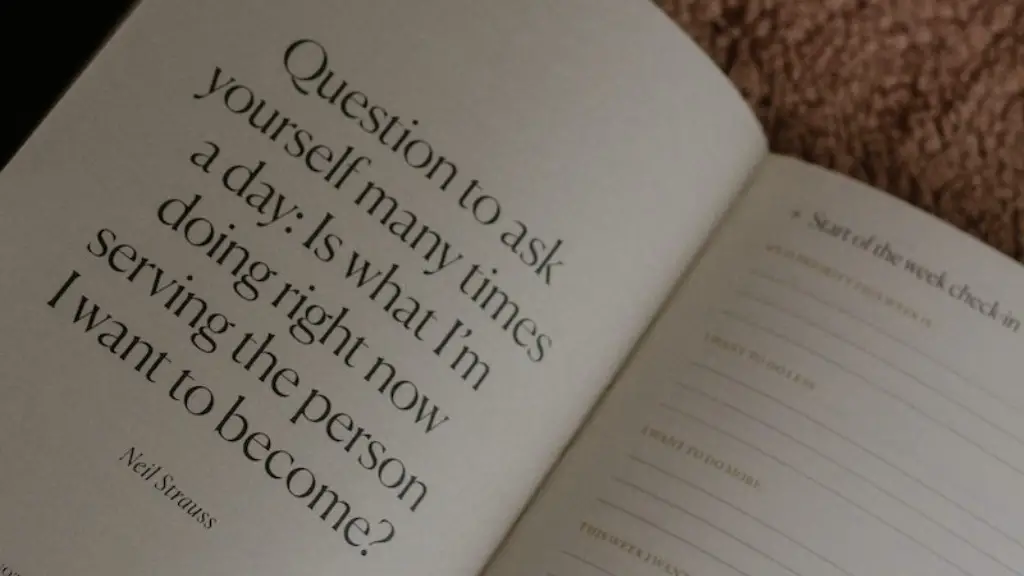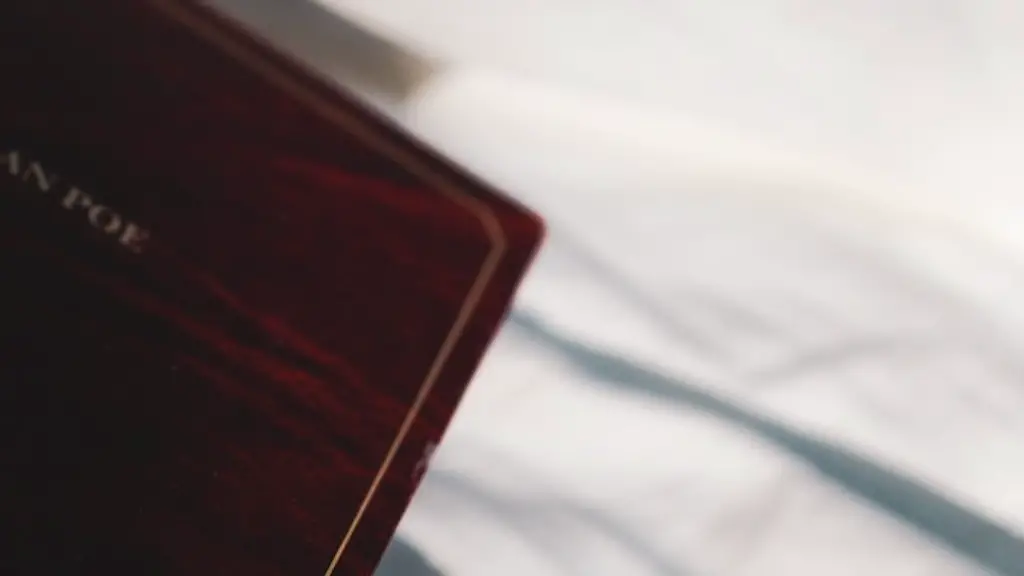Materials needed
When creating a homemade poetry book, it is important to first identify the materials needed. This can include different types of paper, pens or pencils, glue, decorative items such as stickers, ribbons and so on. Depending on the project’s complexity, the creative may use a three-ring binder, or a type of portfolio or even just a thrown-together stack of papers all held together with a rubber band.
The materials used will depend largely on the individual and the effect that they are trying to achieve. Some may want to use more organic materials such as twine or scrap fabric, while others may opt for more traditional tools such as markers and tape.
The most important factor when selecting materials is to consider the type of binding that will be used. For a three-ring binder, the paper should be able to fit into each of the rings, and for any other type of binding, the holes in the paper should fit the binding mechanism of choice.
Choosing poems
After the materials have been acquired, the individual should research and select a selection of poems they wish to include in their book. The poems chosen should reflect the creative’s feelings, perspectives, and beliefs.
When researching potential poems, it is important to consider the way in which they are written, the meaning and the message that they convey. It may be beneficial to look at a variety of titles and accounts. This can be done in both traditional and modern formats.
Many creatives opt to write new poems to fit their project’s purpose. This is a great way to express personal experiences and stories. The more personal the poem, the more meaningful it can become for the creator, and hopefully for its reader.
Layout and design
Once the materials are acquired and the poems are selected, the individual can begin laying out and designing the pages. This step is incredibly important and will require a great deal of thought and care. The pages should be designed in such a way that each poem is given its own identity and space.
The design should fit with the sentiment of the poem. For example, if the poem is one of joy, one could incorporate bright colours or whimsical lettering. Alternatively, if the poem is sad, then the design could reflect this with softer tones and less invasive elements.
When creating the layout and design, the creative should ensure to have a consistent font, size and colour, and to leave margins on each page as these are important for the binding of the book.
Decoration
The creative should decide whether they wish to decorate the pages or leave it as is. Depending on the materials on hand, they may choose to add small touches to each page, or even the entire book. Options include paper cutouts, dried flowers, and photographs.
If the creative chooses to use photographs, then it is important for them to consider the poem’s meaning and message and to select photos which best reflect this. Similarly, the colours on each page should reflect the feeling being expressed.
Ordering poems
Once the pages have been designed and decorated, the individual should decide on an order for their poems. The poems can be ordered in a variety of ways; for example, according to the depth of feeling they evoke, or a chronological order.
If the individual wishes to create a meaningful order, a great way to make it even more pertinent is to start with a poem that represents the creative and is indicative of the theme at hand, and then move the reader through a range of moods and emotions, ending with a poem that reflects the creative’s resolution or closure.
Binding the book
When all of the above steps are completed, the individual is ready to bind the book. This step can be relatively simple, as long as all of the comments of the previous steps were taken into consideration. Depending on the binding chosen, the individual might choose to punch holes into the pages and use string to bind the book together, or to use the three-ring binder, if previously selected.
When binding, the table of contents should be used to align the order of the pages and bindings. This will ensure that the creative is happy with the structure of their book, before they proceed to bind it.
Spreading the word
Once the book has been fully bound, the creative should consider ways to get it out into the world. This could include selling it at local markets, or selling it online.
The DIY approach is incredibly popular, particularly in regards to art and books. This is because creatives are able to make their own money from small projects and projects that they are truly passionate about. Furthermore, it provides a great platform for creatives to showcase their work, and to find their audience.
For poetry books, individuals may consider setting up a blog or website dedicated to the book, and then market it through social media networks. Depending on the individual’s purpose and message, they may even collaborate with other creatives in order to cross-promote one another’s work.
Engaging with readers
To ensure readers have the best possible experience when reading their homemade poetry book, creatives should consider engaging with their readers. This can involve responding to comments and reviews, or even just sending out a thank you letter.
Engagement is important, as it not only shows the readers that the creative is passionate about their work, but it also gives readers the chance to give their opinion and to interact with the creative in their own way. Furthermore, it is a great way to build relationships between the creative and reader and to widen the audience.
Social media and digital platforms
Social media is often used by creatives to showcase and promote their work. Not only does it provide exposure for their work, but it also gives them the chance to network, collaborate with other creatives, and to meet and engage with their readers.
By actively networking online and attending events, creatives can increase their visibility and expand their network. This is a great way to build a loyal fan base and to potentially expand into digital platforms, such as selling their books on Amazon or Etsy.
Reaching out to others
Reaching out to other creatives and reviewers is an important step when attempting to create exposure for homemade poetry books. Asking for reviews and feedback is a great way to gain insight in regards to the creative’s work and to have their work critiqued.
It is beneficial to create relationships with those who have influence in the creative community. This might include finding and building relationships with influencers, or even connecting with other creatives and seeing if they would be interested in doing a series of reviews or collaborations.
Finding publications
The final step when creating a homemade poetry book is finding publications that might be interested in showcasing and/or selling the book. This can be done by researching literary journals, magazines and newspapers.
The publication should compliment the book and its mission. This ensures that, not only will the book be well represented, but that it will also reach an audience that is genuinely interested in the work.
When researching publications, the individual should look into their submission guidelines, as these are highly important and should be adhered to. Furthermore, if their book has any drawings or illustrations, it is worth checking that the publication accepts physical submissions.


